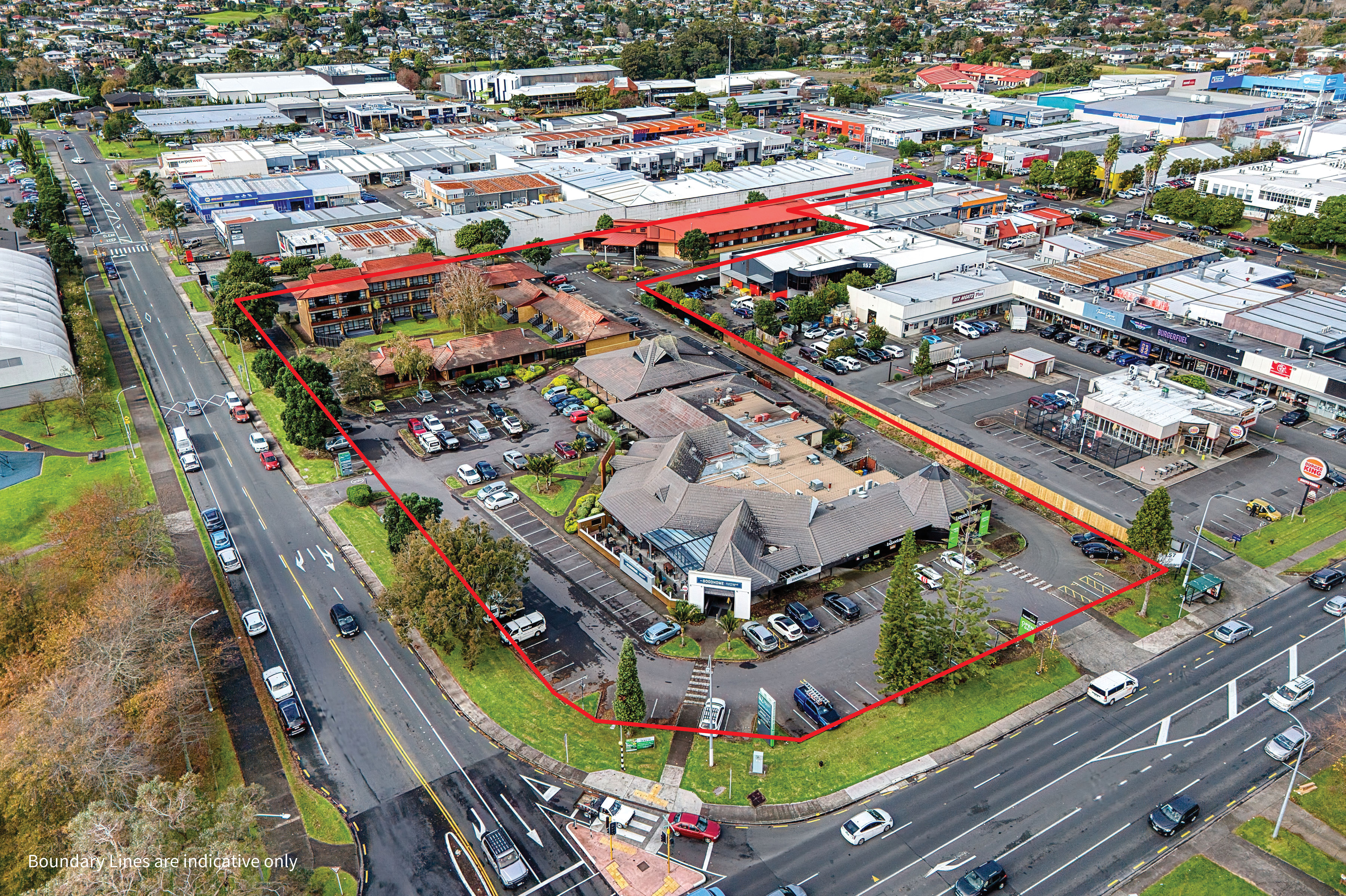What landlords are doing about aging buildings
Property owners in Asia facing significant rent reductions are looking at their options
Landlords in some of Asia’s biggest cities are having to contend with buildings that risk being out of step with the needs of modern companies and investors.
In Hong Kong, over 70 percent of buildings were built at least 20 years ago, according to JLL. In Shanghai, about 25 percent of Grade A office stock in the business district was built over 15 years ago.
Aging and outdated properties in the region can result in rents 40 percent lower than contemporary and well-maintained properties, according to JLL. This is in part because newer buildings often have sustainability benefits, or are loaded with technology, giving them an upper hand in the market.
“Older buildings typically underperform in key areas such as sustainability, flexibility, safety and maintainability, and unless they have been significantly upgraded, they certainly fall short compared newer buildings,” says Andrew Macpherson, Head of Asset Development, JLL Asia Pacific.
Increased vacancy levels and reduced rental rates are emerging in the region, especially for offices and shopping malls. This is in part due to a growing divergence in rental rates between outdated buildings and new buildings, for which rentals are actually increasing.
One big question facing owners and occupiers: what nudges an aging building into obsolescence territory?
Looking for more insights? Never miss an update.
The latest news, insights and opportunities from global commercial real estate markets straight to your inbox.
Multiple business and lifestyle trends like e-commerce and flexible workspaces are driving buildings to become outdated and even obsolete. COVID-19 pressures such as working from home have accelerated the impact of some of these trends.
“With COVID-19 changing market dynamics and tenant expectations, many existing buildings no longer yield the same value as before the pandemic,” says Macpherson. “To stay relevant, attract tenants and meet their evolving demands, landlords and investors alike are increasingly aware of the need to enhance their built assets, ranging from aesthetic and operational improvements to extensive upgrades, and even repositioning or repurposing the entire property.”
While the potential loss of income is clear for investors and landlords, there can be challenges to addressing obsolete buildings. Cost, for many, is the big one.
Adding improved amenities such as flex and retail space, adopting a more proactive approach to maintenance and focusing on the human experience through upgrading lifts with destination control, improving wayfinding and installing booking apps are cost intensive.
Investment Opportunities
However, the trade-offs can be considerable. Asset enhancement can align with wider sustainability goals for investors and corporates. Installing water saving appliances and smart metering to monitor, measure, manage and reduce energy consumption are seen as the cornerstone of an achievable sustainability strategy in aging properties.
“More than anything, upgrades of this nature require a mindset shift from owners,” says Macpherson. “Without facilities and amenities upkeep, maintenance inefficiencies and higher operating costs, aged assets may become obsolete, and this is the attitude we need to see change.”
For older buildings, asset enhancement presents the opportunity to stay ahead, and with competition for tenants only to intensify in Asia, obsolescence is an issue that is garnering overdue attention, Macpherson says.
“It’s simply a matter of whether owners are willing to commit and to pay,” he says.
Contact Andrew Macpherson
Head of Asset Development, JLL Asia PacificWhat’s your investment ambition?
Uncover opportunities and capital sources all over the world and discover how we can help you achieve your investment goals.




